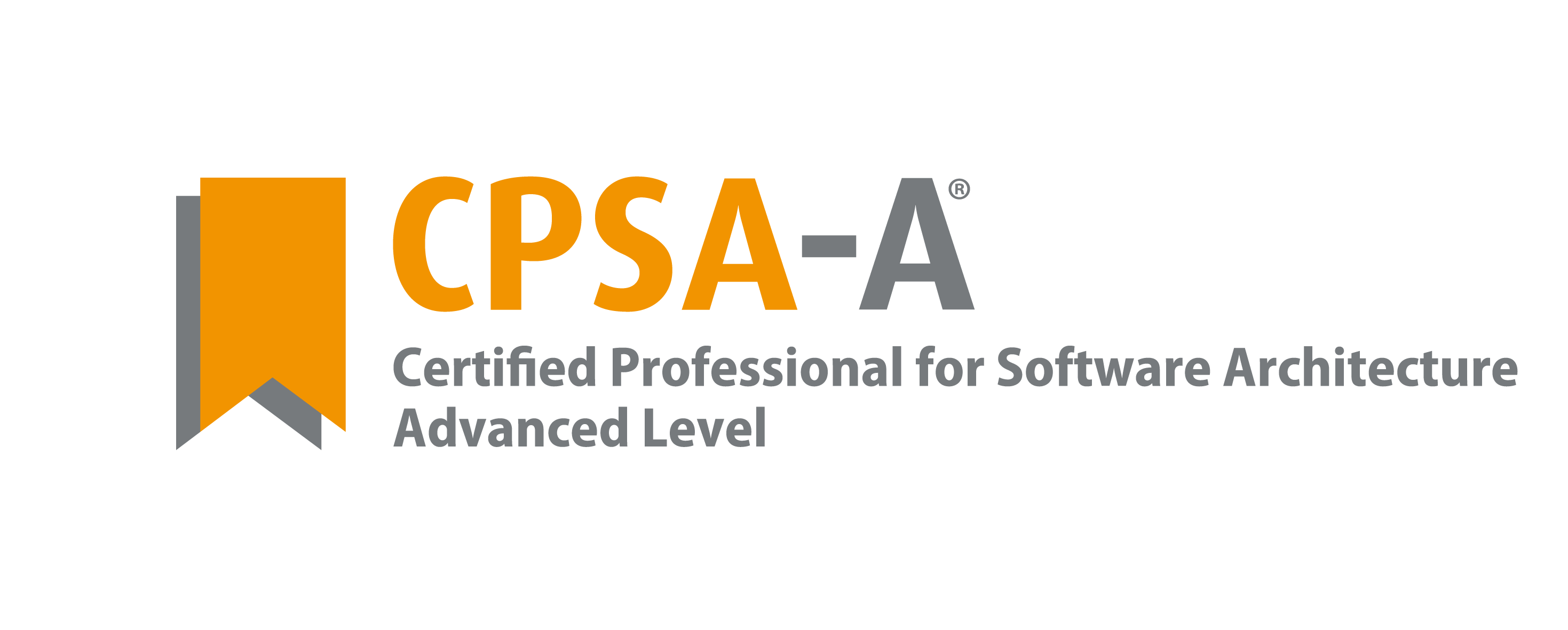
Descripción
Attending the iSAQB® CPSA-A Enterprise Architecture Management (EAM) course gives participants 30 Methodological Competence (MC) points towards the 70 points required for eligibility to take the iSAQB CPSA-A exam with Brightest. It is important to remember that as part of the 70 points required to take the iSAQB CPSA-A exam with Brightest, you will need at least ten competence points in each of the following areas:
- Technical Competence (TC)
- Methodological Competence (MC)
- Communicative Competence (CC)
Accredited iSAQB® EAM - Enterprise Architecture Management (CPSA-A) training is based on the current iSAQB® curriculum:
Part 1 - Basic concepts of EAM (Enterprise Architecture Management)
- Identify and explain the missions, goals, and benefits of EAM Interaction of (IT) strategy and EAM
- Explain the difference between EAM and E(IT)AM
- To explain and guide you through the evaluation of an application portfolio
- Name and describe the tasks and challenges of governance
- Name and describe the requirements for EAM tools
Part 2 - Procedures in the EAM
- Present and explain the process of formulating an architectural vision
- Presentation and explanation of the analysis of the existing architecture
- Present and explain the development of the target architecture
- Explain corporate principles in the corporate architecture and how to implement it
- Presentation and explanation of the importance of enterprise architecture as a regulatory framework for IT strategies
- Management and evaluation of implementation projects
Part 3 - Repositories and metamodels
- Architecture Metamodel
- Limiting Different Types of Information
- Presentation and explanation of the use and management of an EAM repository
- Identify and explain the definition and use of reference architectures
Part 4 - Governance and change management
- Identify and describe the roles of IT governance
- Present and explain the function, tasks, and composition of the boards of directors
- Identify and describe organizational models for IT governance
- Identify the difference between best practices, architectural guidelines, and principles
- Name and describe the tasks of a governance review using COBIT
- Present and explain COBIT
- The Purposes and Benefits of COBIT
- Present and explain the fundamental governance principles of COBIT
Part 5 - Introduction of EAM
- Present and explain the most crucial entryways for an EAM
- Promotion and optimization EAM in the organization
- Communicate the purpose and benefits of an EAM implementation to stakeholders
- Migration paths for introducing an EAM into an existing IT landscape
- Depict boundaries
- Depicting boundaries when introducing an EAM into an existing IT environment
Part 6 - Enterprise architecture frameworks
- Identify and explain the requirements and benefits of the Enterprise Architecture Framework
- Name and explain the difference between the different types of architectural scaffolding
- TOGAF
Público objetivo
The CPSA-A Enterprise Architecture Management seminar is particularly valuable for professionals who want to better understand how to manage consistency across complex IT systems and application landscapes.
Requisitos
To join any iSAQB® CPSA - Advanced Level course, you must hold the iSAQB® Certified Professional for Software Architecture - Foundation Level (CSPA-F) certificate.
Knowledge prerequisites:
Participants should have the following prerequisite knowledge:
- Fundamentals of architecture development: Importance and delimitation of architecture, procedures, influences and requirements, architecture decisions, models and documentation with views, as taught at the CPSA-F Foundation Level.
Knowledge in the following areas may help understand some concepts covered in this course:
- Practical experience in the architecture field and an insight into at least one modern technology or platform for the development of distributed applications
- Knowledge of typical challenges in the field of enterprise architectures:
- Definition of (IT) enterprise objectives
- Strategic (IT) planning
- (IT) portfolio management
- Application Lifecycle Management
¡El contenido y los ejemplos de examen llegarán pronto!